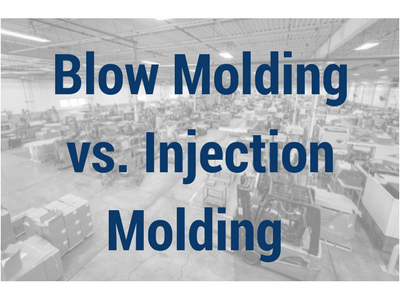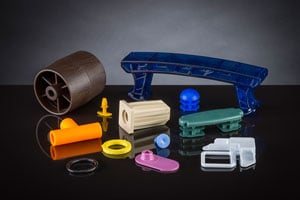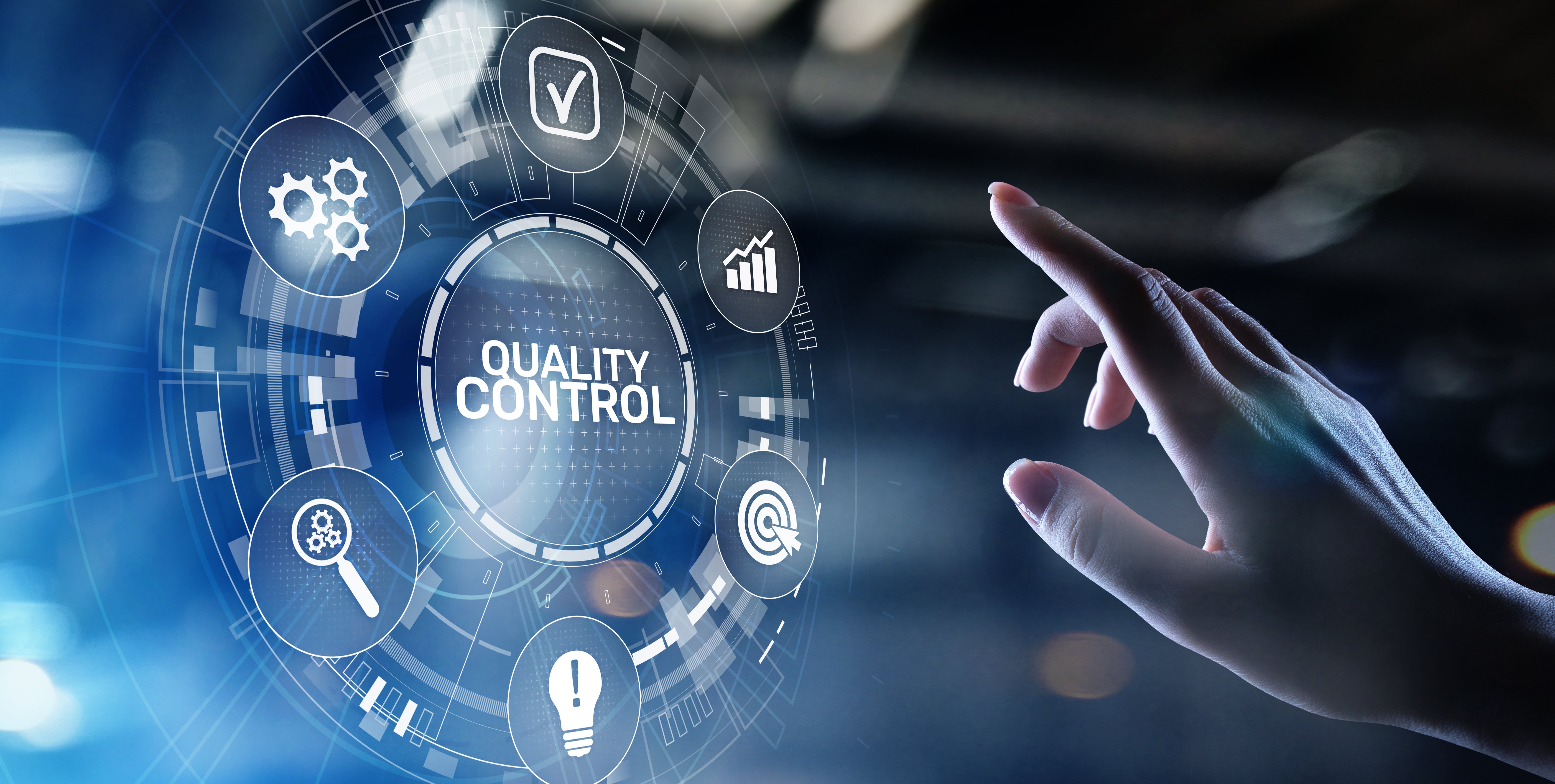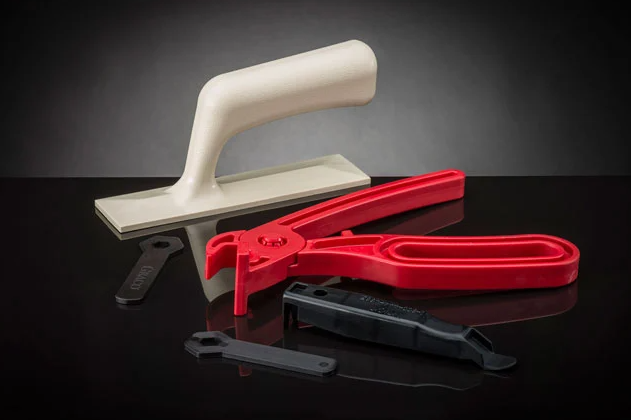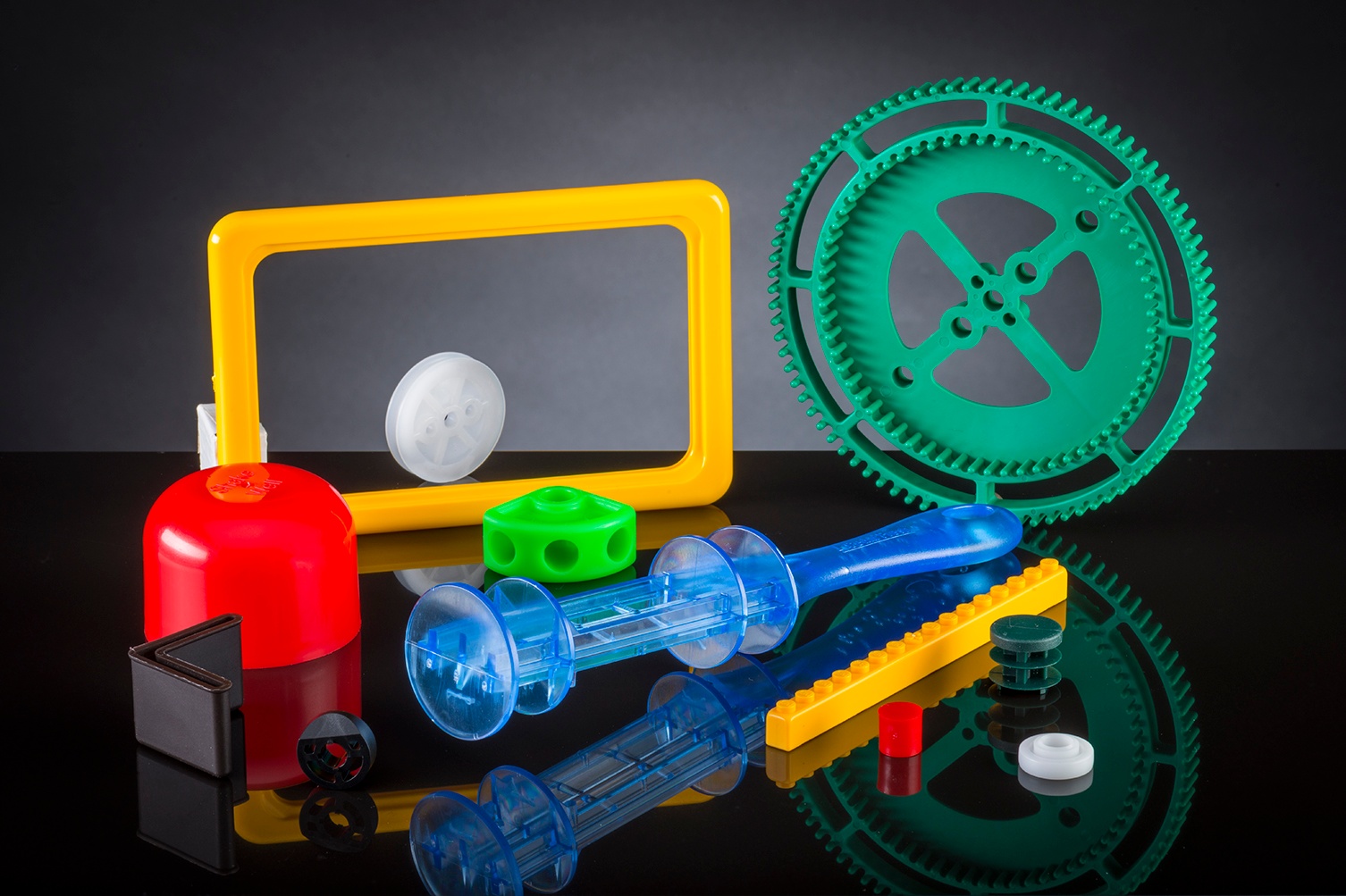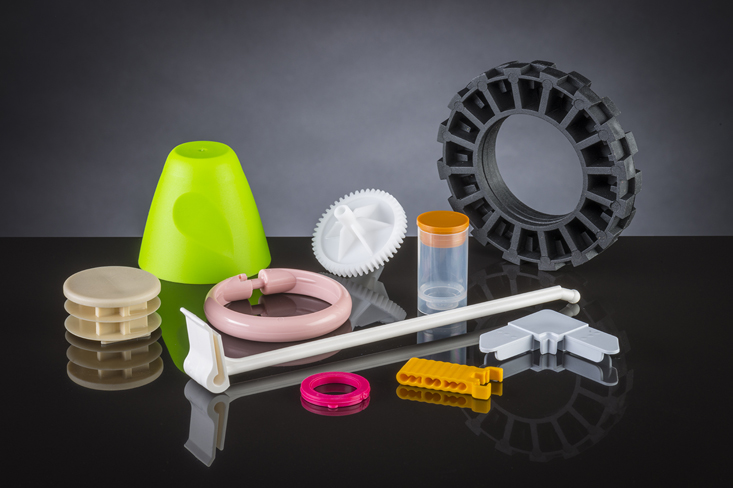One of the first steps in creating a molded plastic product is to decide on a manufacturing technique. Blow molding and injection molding are two popular processes with unique advantages and drawbacks. It's important to develop a good understanding of both methods before you can determine which one is most suitable for your company's needs. This blog post will discuss the difference between a blow mold and an injection mold, and the most common types of products made using each technique.
Recent Posts
What Is Injection Molding?
The most common process used in manufacturing plastic components is injection molding. This manufacturing process uses specialized machines that melt, inject, and shape thermoplastic into specific shapes. As with any manufacturing process, it’s prone to unique molding defects or low-quality products if not properly managed. Here you’ll learn more about injection molding, six common injection molding defects, and how to avoid them.
Injection Molding Key Considerations
Any successful injection molding project must take multiple factors at once into consideration.
Intro to Quality Control in Manufacturing
Quality control is a critical component of a quality management system that involves making sure all quality requirements are fulfilled. It consists of measuring and inspecting products to ensure they meet the required specifications at the point of production. Quality control standards are typically dictated by quality assurance approaches such as ISO 9001. These approaches outline certain protocols for the production process, and quality control ensures the completion of the required tasks.
In a manufacturing environment, manufacturers can implement various types of quality control, including materials inspection, in-process inspection, and final inspection. By performing these inspections, you can ensure your quality control is on track, which leads to reduced costs, higher efficiency, and a good reputation.
Plastic injection molding enables high-volume production of plastic parts made from a range of thermoplastic polymers. In the construction industry, these parts are used in flooring and roofing products as well as construction tools and heavy equipment. This blog explores the role of injection molding in creating durable plastic components and assemblies for everything from conventional construction applications to innovative SillDry window and door flashing technologies.
With hundreds of commodity and engineering resins available on the market today, the material selection process for plastic injection molding jobs can often seem daunting at first.
At The Rodon Group, we understand the unique benefits and properties of different types of plastics and work closely with clients to find the best fit for their project.
What Are Plastic Resins?
We live in a world surrounded by plastic resins. Due to their several desirable properties, plastic resins can be found in everything from bottles and containers to automotive and medical components and much more. Plastic resins include a large family of materials that each have their own unique properties that make them ideal for different applications. When choosing the right resin for your project, it’s important to understand what each type has to offer.
What Is the Difference Between Resin and Plastic?
Resin and plastic are both important compounds
but feature some key differences, including:
- Origin. While resins are naturally occurring in plants, plastics are synthetic and are typically derived from petrochemicals.
- Definition. Plastic is a type of synthetic resin, whereas resins are amorphous compounds that can either be semi-solid or solid.
- Stability and impurities. Plastics are more stable than resin and lack impurities. With resins, impurities cannot be avoided.
- Hardness. Plastic is dense and hard, while resin is typically a gluey and viscous substance.
- Environmental impact. Since resin is natural, it offers a more environmentally friendly alternative to plastic. Plastic degrades slowly and often has toxic additives that can lead to environmental pollution.
Common Applications for Plastic Resin Injection Molding
Plastic injection molding is compatible with a wide range of resin materials. When determining the right resin for your needs, it’s important to understand the needs of your particular application. Common applications for different injection molding resins include:
ABS
Injection-molded ABS is used in a wide variety of applications, including plastic wall plates for electrical outlets, protective headgear, keyboard keys, electronic components, and automotive components such as auto body parts, wheel covers, and dashboards. It is also used for a range of industrial fittings, sports equipment, and consumer goods.
Celson® (Acetal)
Because of its low coefficient of friction, injection-molded Celson® is ideal for pulley wheels, conveyor belts, gears, and bearings. This material can also be found in various high-performance engineering components, lock systems, firearms, eyeglass frames, and fasteners.
Polypropylene
Injection-molding polypropylene is used in a wide variety of industrial, commercial, and consumer applications. For example, it can be found in power tool bodies, appliances, packaging components, sporting goods, storage containers, and children’s toys.
HIPS
Because HIPS features a higher impact strength, it can be found in appliances, printing equipment, signage, and equipment components. Other common applications include children's toys and electrical components.
LDPE
Due to its flexibility and resistance to moisture and chemicals, injection-molded LDPE is often used for applications including medical device components, wire and cable insulators, toolboxes, and children’s toys.
How Are Plastic Resins Made?
Manufacturers create plastic resins through the “cracking process,” which involves heating hydrocarbons to break down the larger molecules into propylene, ethylene, or other types of hydrocarbons. These monomers then undergo polymerization reactions to create polymer resins, which can then be collected for further processing, such as the addition of plasticizers, flame-retardant chemicals, dyes, and more.
After the cracking process, the compounds are formed into polymers, which can be combined to make the ideal plastic resin featuring the characteristics needed for the intended application. Once the desired resin is formed, it can be used in the injection molding process to create the desired products.
While there is a huge range of materials to choose from for food and beverage packaging, plastic and glass are two of the most popular and functional materials used. Over the past few decades, plastic has overtaken glass as the most commonly used food packaging material due to its affordability and versatility. According to a 2021 Food Packaging Forum report, plastic dominates the market share of food contact materials with a 37% stake, while glass took third place with 11%.
But, as a manufacturer, how do you decide which material is best for your product? Several factors need to be considered when choosing glass or plastic as your packaging material, with budget, product type, and intended use being some of the most important.
Injection molding is a highly versatile manufacturing process. It is used to create components in a range of shapes and sizes for various industries and applications. A key element of the process is injection molds.
Injection molding is a manufacturing process used to create a wide range of plastic parts and products. There are many factors to consider when planning an injection molding project, including who will provide the service. One of the first things you should determine is volume since it helps narrow down which companies have the necessary resources to accommodate your project.
Since the onset of the COVID-19 pandemic, the supply chain has encountered productivity issues, labor shortages, raw material shortages, and timing delays that have impacted nearly every industry. In addition to restaurants, department stores, and other consumer-facing businesses, manufacturing companies have been hit especially hard.
The question remains of whether the international business community will be able to regain control of the supply chain and maximize productivity once again.







